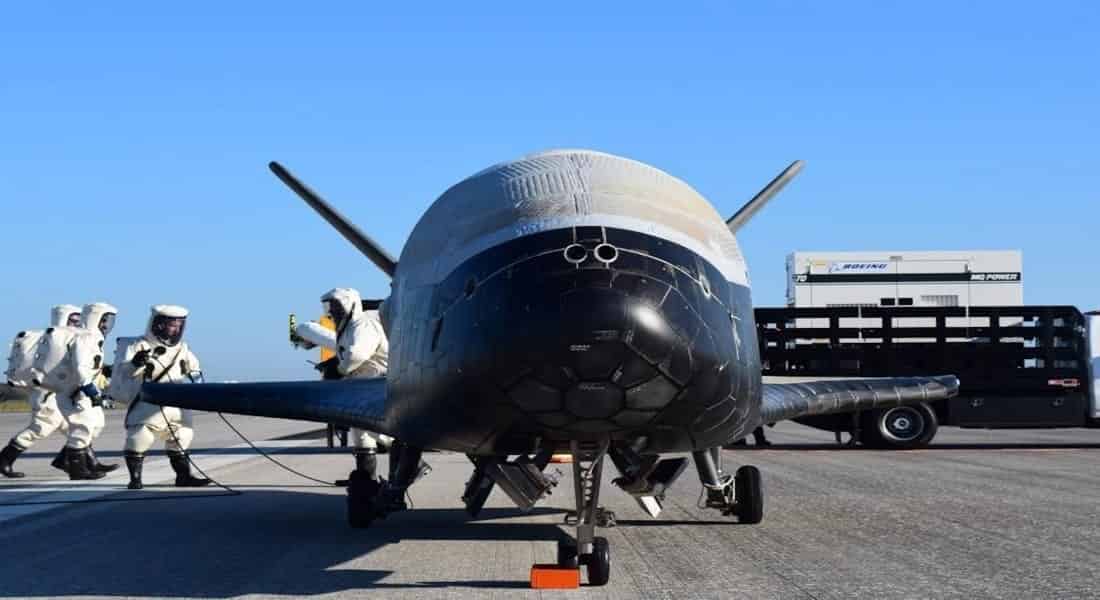The X-37B Orbital Test Vehicle (OTV), a mystery reusable spacecraft, has arrived at NASA’s Kennedy Space Center after spending 908 days in orbit around the planet.
The spacecraft has already traveled more than 1.3 billion miles and spent 3,774 days in space, breaking its previous record of 780 days over the nearly two-and-a-half-year voyage. At 5:22 a.m. ET on November 12, 2022, the Boeing-built spacecraft touched down at NASA’s Kennedy Space Center in Florida.
The X-37B has been in operation since 2010, and this flight marked its sixth mission. They all took out from Florida’s Cape Canaveral Space Force Station. The Rapid Capabilities Office of the United States Department of the Air Force and the United States Space Force are working together to develop the spaceplane. It is based on the NASA X-37 program, which started in 1999 and was transferred to DARPA in 2004.
In May 2020, a United Launch Alliance Atlas V rocket carried out the launch of this mission.
The Space Force hasn’t shared many details about its previous payloads, although it did admit to carrying a FalconSat-9, which is still in orbit and gives Academy graduates practical training before they join the military.
Additionally, the missions were equipped with a service module, which is a ring that is connected to the back of the vehicle and enables additional experiments to be conducted. According to Space Force, the module will be disposed of in the next weeks “in line with best procedures.”
The Photovoltaic Radiofrequency Antenna Module from the Naval Research Laboratory was one of the experiments carried out on this sixth mission; it captured solar energy outside of Earth’s atmosphere and sought to send power to the ground through the use of radio frequency microwave radiation.
FalconSat-8, a satellite built by the U.S. Air Force Academy in collaboration with the Air Force Research Laboratory, was launched in October 2021.
The Materials Exposure and Technology Innovation in Space (METIS-2) experiments were conducted by NASA and involved the testing of temperature control coatings, printed electronic materials, and potential radiation-shielding materials.
According to US Space Force, NASA scientists will evaluate the materials after they have spent more than 900 days in orbit and compare observed effects to ground simulations, verifying and enhancing the accuracy of space environment models.
This mission was also utilized by NASA to investigate the long-term effects of space exposure on seedlings. Researchers are interested in how resilient and susceptible seedlings are to radiation and other space conditions. This will help with the creation of permanently inhabited space outposts as well as interplanetary trips in the future.
Lt. Col. Joseph Fritschen, the DAF Rapid Capabilities Office’s X-37B program director, noted that the X-37B “continues to push the frontiers of innovation, supported by an exceptional government and industry team behind the scenes.”
“The Department of the Air Force and scientific community have found value in the capacity to perform experiments while in orbit and return them safely for in-depth examination on Earth. We were able to host more tests than ever before because of the service module that was included in OTV-6.”
According to Jim Chilton, senior vice president of Boeing Space and Launch, since the X-37B’s first launch in 2010, it has broken records and given our country an unmatched capacity to quickly test and integrate new space technology.
Source: Zdnet

